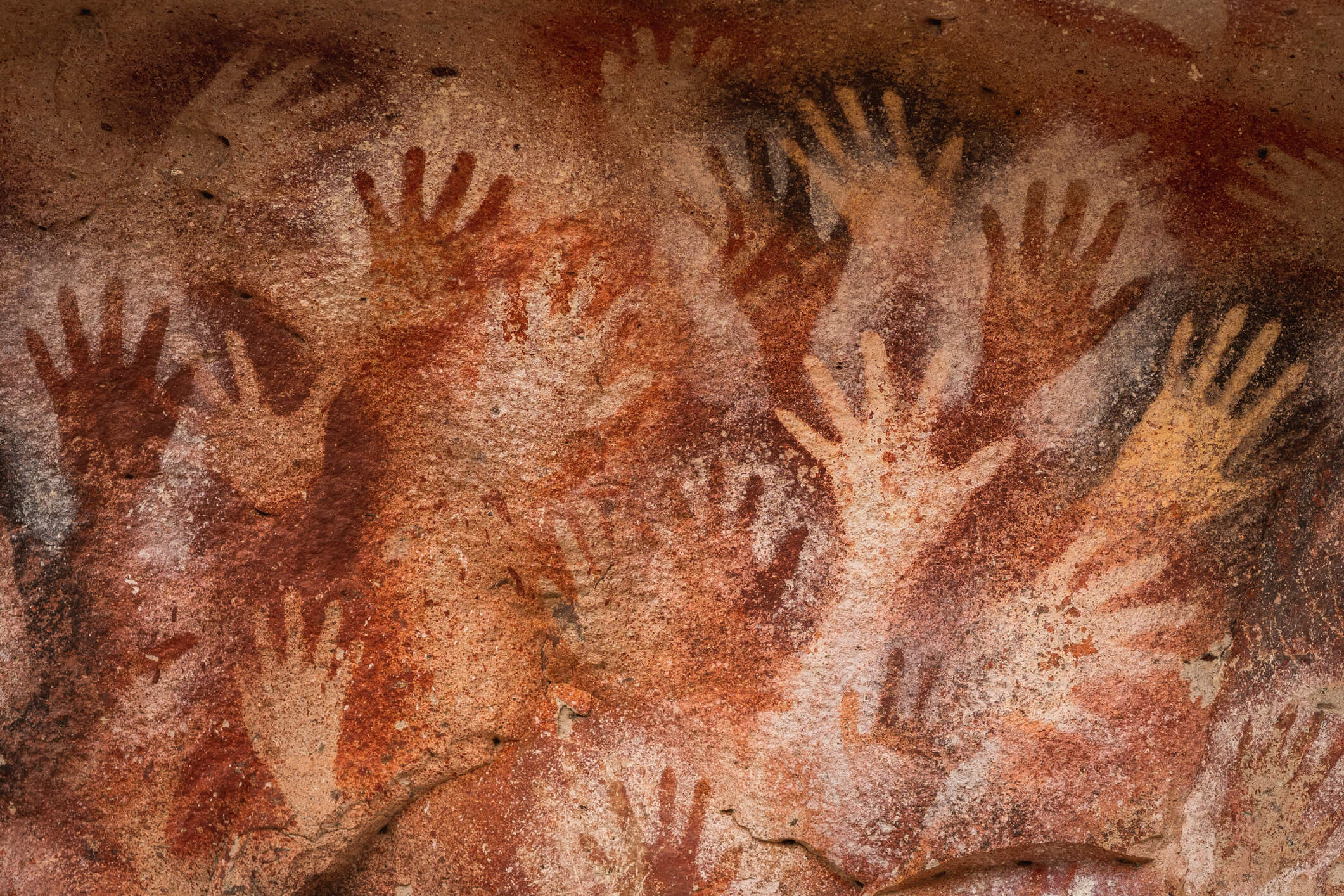Where Education Meets Design: A Historical Perspective
Evoke the image of an ancient cave painting. An early instance of visual communication, the first, raw example of design. It’s also an act of education. The older generation passing on knowledge to the next.
Progress through history. Observe educational scrolls of ancient civilizations, medieval religious manuscripts, Gutenberg’s printed books, classroom blackboards, and eventually, the digitized interfaces of modern eLearning. At every stage, design and education intertwine.
In the 20th century, instructional design emerged as a discipline during World War II. The military needed rapid training solutions for a large number of recruits. The result: a systematic approach to designing, developing, and delivering instructional materials.
Design in education, however, truly began to flourish with the advent of digital technology. The rise of personal computers, the internet, and later, mobile devices, unlocked new frontiers for educational design.
Now, learning designers have access to a plethora of design tools, techniques, and mediums, from interactive multimedia to virtual reality. Still, as powerful as these tools are, they serve as instruments, not the orchestra. The symphony arises from the blend of thoughtful design and effective pedagogy.
The Educational Potential of Good Design
Unleashing the potential of good design in education requires a shift in perception. Learning design isn’t merely about conveying information—it’s about facilitating a transformative experience.
Good design aids comprehension. It makes content digestible and relatable. It uses visual hierarchy to guide the learner’s attention, emphasizing crucial points and supporting the narrative flow.
Good design boosts engagement. It doesn’t just present content—it allows interaction, encouraging learners to think, explore, and apply their knowledge. It leverages multimedia elements, gamification techniques, and personalization to appeal to various learning preferences.
Good design enhances accessibility. It strives to make learning available to all, irrespective of their abilities or disabilities. It upholds the principles of Universal Design for Learning (UDL), ensuring multiple means of representation, action, expression, and engagement.
Good design empowers. It places learners in control, fostering their sense of autonomy and motivating them to take charge of their learning journey.
Real-World Case Studies: Successes and Failures
Learning from real-world cases illuminates the impact of design on education.
Success: The Khan Academy. An online platform offering free educational resources for all ages. Its minimalist design supports learner autonomy with an intuitive interface and clearly categorized content. It uses simple, relatable graphics and animations to elucidate complex concepts. The Academy’s success illustrates the power of accessible, learner-centered design.
Failure: A certain eLearning platform opted for a flashy, graphics-heavy design. Aesthetically appealing, yes, but it slowed down the page loading times significantly. Navigation became cumbersome, creating a frustrating user experience. The platform lost a sizable fraction of its user base due to these design shortcomings. A stark reminder that design must serve function, not undermine it.
Success: Duolingo, the language-learning app. It has set a high standard for gamified learning design. Its visually pleasing, intuitive interface invites engagement. Bite-sized lessons, interactive exercises, immediate feedback, and rewarding progression systems— all these elements work together to make learning enjoyable and addictive.
Failure: An educational website, designed with an overload of text, clashing colours, inconsistent typography, and distracting animations. It was hard to focus on the content amidst the chaos. The design hindered comprehension instead of enhancing it, ultimately turning learners away.
Each of these cases underscores a truth. Good design enhances learning, while poor design impedes it.
And so, the journey through the landscape of educational design continues. A journey of discovery, innovation, trials, errors, victories. The quest is to master the alchemy of design and education, to conjure up learning experiences that enlighten, engage, and empower.
Embrace the intersection of education and design. Therein lies the opportunity to transform the ordinary into the extraordinary, to change the course of a learner’s journey, perhaps even their life. Embrace it, for it’s more than just a role—it’s a calling, a craft, a chance to make a difference.



